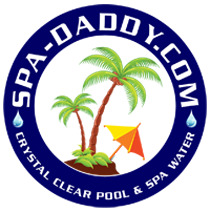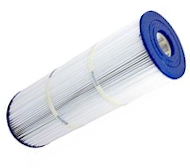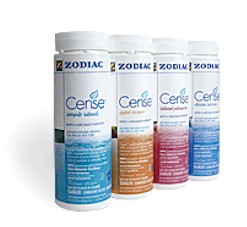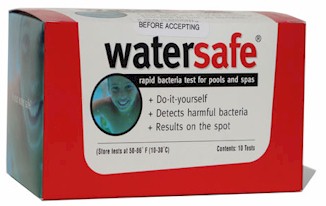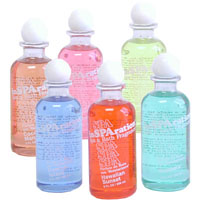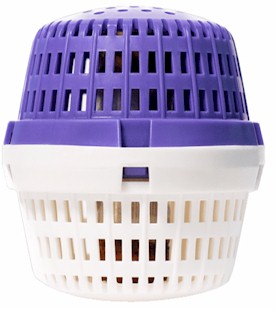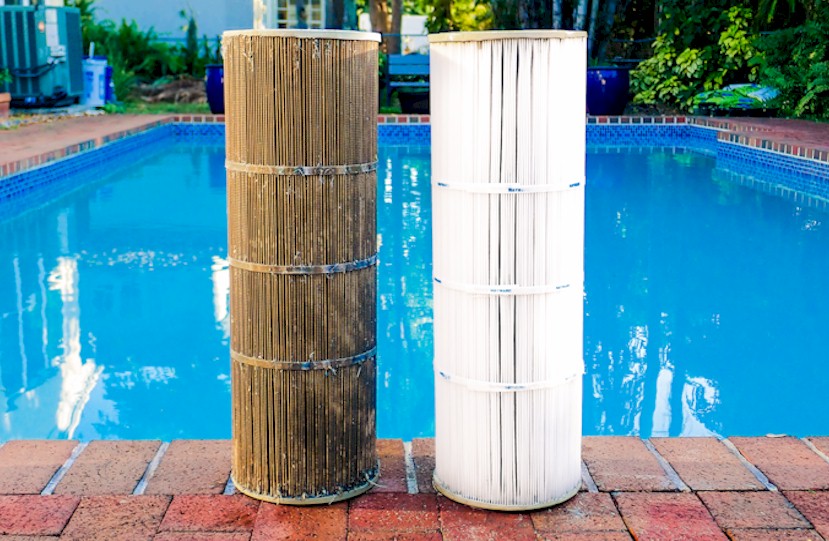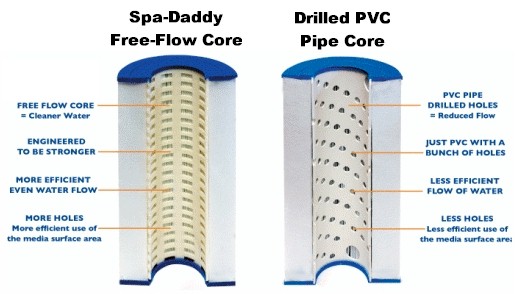|
Before the water passes through the filtration fabric (more on that later), it first must travel through the core, and that is the limiting factor of the filter. If the core is mostly plastic with a few drilled holes, the core inhibits water flow forcing the filtration fabric immediately around those holes to do all the filtration, providing less filtration, less water flow, and significantly shortens the life of the filter.
Our cores are engineered and molded (not drilled PVC) which allow for the even flow of water through the entire cartridge which provides these benefits:
- Increased filtration translates to greater efficiency
- Greater media surface inhibits the growth of bacteria mold & algae delivering the best water quality
- Makes it easier for the pump to pull more water through the cartridge, meaning less wear & tear on your pump
The Filtration Fabric does the dirty work removing the dirt and oil from your water.
There are two commonly used fabrics for Pool and Hot Tub filters
- Spa-Daddy Trilobal Polyester fabric which is a thick single layer fabric, used in Spa-Daddy Filters.
- Point Bonded fabric which is multiple layers of thin fabric bonded together.
The advantage of the Trilobal Polyester single layer thick fabric is that dirt and oil tends to stay near the outer surface of the filter, making it significantly easier to clean.
The Point Bonded fabric, on the other hand, allows the dirt and oil to permeate the inner layers of fabric where it becomes 'trapped' and nearly impossible to clean, significantly decreasing the useful life of the filter and putting greater pressure on your pump.
Spa-Daddy filters are manufactured using Spa-Daddy Trilobal Fabric because of its superior performance.
Great, So How Do I Clean My Filter Fabric?
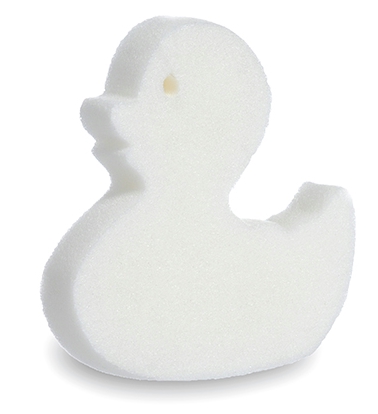 |
First, a quick hint...
Place a Darlly Duck or two in your Spa to absorb body oils, etc. before they get to your filter. They are cheap, they are reusable, and will greatly prolong the life of your filters |
Rinse Your Filter On A Regular Basis (at least Monthly)
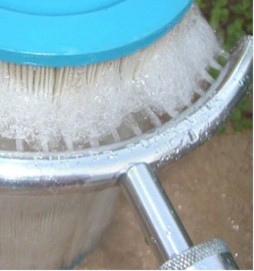 |
Rinse your filter using a garden hose.
Using a tool like the Filter Flosser in the picture on the left makes this process easier and faster.
Spa-Daddy Filters with Trilobal Polyester Filtration Fabric makes this process a snap, and also prolongs the life of your filter |
Soak Your Filter Every 3 Months To Remove Internal Oils and Dirt
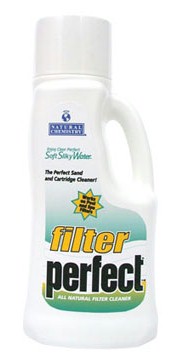 |
Your filters need to be soaked in filter cleaning solution in order to remove deeply embedded oils, dirt and debris
Soak them in Filter Cleaner for 1 - 2 Hours and then rinse them thoroughly - DO NOT soak them in Bleach.
Spa-Daddy Filters with Trilobal Polyester Fabric will require this step less frequently. |
Keep 2 Sets Of Filters and Rotate Them To Let Them Fully Dry
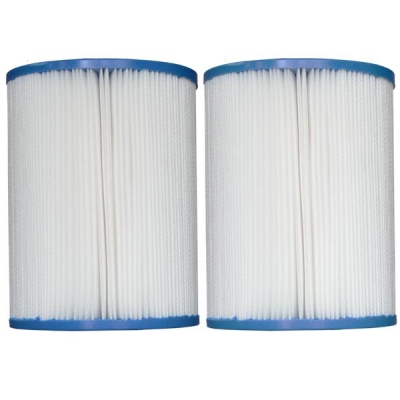 |
After Soaking your filters need to dry for a few days to completely open the pores in the filtration and kill any active bacteria.
Having 2 sets of filters allows you to keep your spa running while your 2nd set is drying. |
Replace Your Filters When The Interval Between Cleanings Becomes Less Than One Month
 |
Eventually the filtration fabric will become almost completely clogged, and it's time to replace the filters.
Using Spa-Daddy filters with Trilobal Polyester Filtration Fabric will increase the useful life of your filters, and you will have to replace them much less frequently. |
Keep Your Spa Filter Clean To Maximize Your Enjoyment Of Your Spa
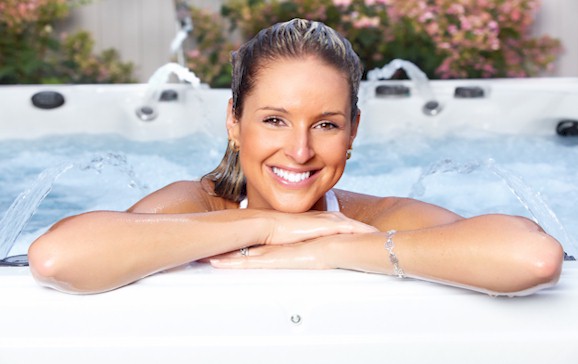 |
Keeping your Spa Filters clean will save money and keep your Spa crystal clean, and will maximize your Spa Experience
Spa-Daddy is happy to be your Spa partner! |
|
